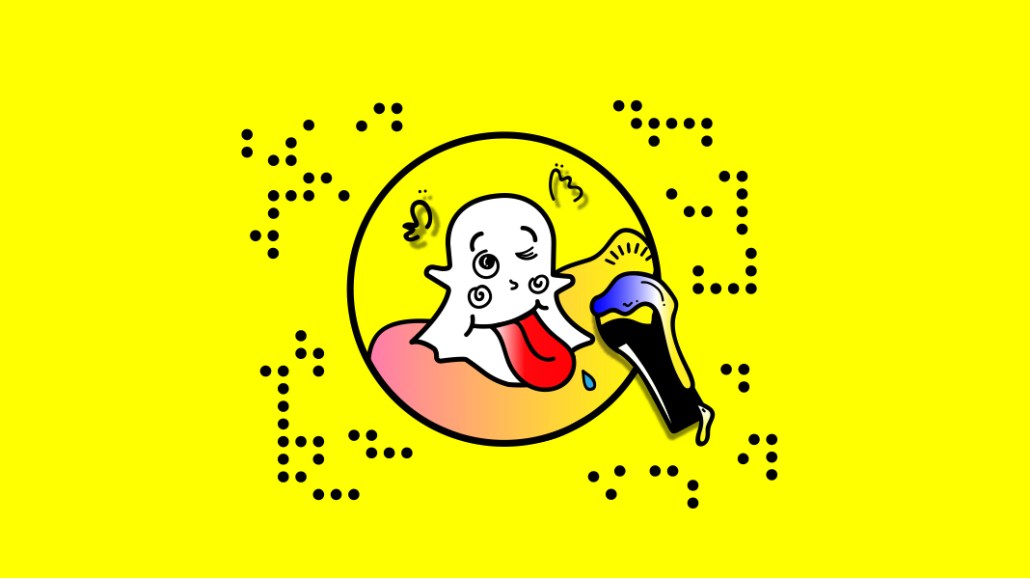
About a year ago, alcohol brands said they were reluctant to spend money on Snapchat because they could not verify ads were only being served to people of legal drinking age. The issue came to a head in January, when Diageo pulled all spend from Snapchat when its ads were being seen by kids and teenagers.
Since then, several alcohol companies – including beer company Heineken, owner of 250 brands, and spirits companies Mast-Jägermeister and Campari Group, maker of 50 brands like Campari, Aperol and SKYY Vodka – are bringing their ad dollars back to Snapchat, citing progress Snapchat has made in guaranteeing their ads won’t be shown to minors. The progress has been attributed to Snapchat’s move away from age-gating ads purely off of users’ self-declared ages and, instead, factoring in things such as how long someone has been on the platform, the age of their closest friends and the type of content they view. If a user declares themselves as 25, for example, but their closest friends are all 13, that person will no longer be targeted with alcohol ads, according to Frank Amorese, media director at Heineken.
“Snapchat has had the most challenges with [age-gating] so they are taking this really seriously,” said Amorese. It’s a different tune than the company took just this past August when it skipped Snapchat to promote its non-alcoholic beer. Amorese said the company’s advances with age-gating has led Heineken to increase ad spend on the platform “significantly,” although he would not reveal exact numbers.
A Snapchat spokesperson said the platform has been aggressive in enhancing its age-gating over the past year, first introducing new signals to age-gate content in late 2017. Snapchat has had age-gating since 2013, when it required users to enter their birthdays when creating accounts. With this, brands could limit targeting ads to people 21 and over, but users could still lie about their age. Coupled with the assumption that Snapchat attracted mostly a young audience, alcohol brands were spooked and stayed away.
“We really felt like the capabilities and the advancements Snapchat has brought to their platform led us to bring a better experience to our target this year,” said Heather Kozera, vp of integrated marketing at Mast-Jägermeister, which has doubled its spend on the platform for its Jägermeister product for a Halloween push this year.
Snapchat said it no longer serves age-restricted ads to users with improbable birthdates that would barely qualify someone as either 18-years-old or 21-years-old, depending on the country. A Snapchat spokesperson also said that the platform has used Nielsen data to verify 180 Snapchat campaigns over the past three months, and found they were targeted to the correct demographic with 94 percent average accuracy.
According to Snapchat Ads Manager, 54 million U.S. Snapchat users are over 21 years old out of 87 million total, a number previously withheld from marketers before the introduction of Snapchat Ads Manager a year ago.
Devin Quinn, digital strategy manager of Campari, also said Snapchat has improved. The company worked with Snapchat this year to run a branded lens for its SKYY vodka brand. “There is much less of a chance that ads will be accidentally served to someone outside the desired age range,” said Quinn.
Besides Snapchat, advertisers say Facebook and YouTube have been the most proactive, enhancing the way they go about targeting to ensure ads are only viewed by adults 21 and older. Facebook, Snapchat, Twitter and YouTube and 11 alcohol companies signed a vague pledge to improve age targeting in September. Several advertisers agreed that Twitter has not been proactive around targeting so far.
“We have been pretty limited in the past but, over the past year, [platforms] are really making sure spirits brands can play safety,” said Kozera. “We never call anymore and they say no, or you can’t do that. I think they realize the equity and space spirits brands can bring.”
Spirits brands spent $406.2 million on advertising in 2017, according to Statista, while beer companies spent $1.6 billion on advertising in 2016.
Heineken is seeing a strong effort from YouTube, which has endured its fair share of brand-safety crises this year. Amorese said he sat down with YouTube two weeks ago, and the platform is looking at new signals when co-viewing is concerned. If a YouTube account watches sports highlights for half the time and kids programming for the other half, it’s clear two different people are using that same account. So YouTube will not target the account with alcohol ads.
Devin Quinn, digital strategy manager of Campari, said Facebook has also been working closer with the spirits company when it comes to targeting. Quinn said that in the first quarter of 2018, Facebook promised to target people based on people it absolutely knows are over 21, based on self-submitted ages, rather than just their activity. Campari would not say whether the company has increased its spend on Facebook.
“The last thing [platforms] want is to deal with another PR crisis as far as targeting and privacy goes, so they are being extra careful about this kind of thing,” said Amorese.
More in Marketing

After watching X’s ownership issues play out, marketers brace for TikTok whiplash in 2026
TikTok’s ownership drama has echoes of X (formerly Twitter), but ad performance has kept marketers for fleeing—for now.

‘There’s no room for purists’: Generative AI is altering the agency junior talent search
AI is altering agency business models. It’s altering the skills they’re hiring for and where they’re hiring them from, too.

For platforms, here’s what’s not going to happen in 2026
Rather than the traditional platform predictions, this is a list of what Digiday believes won’t happen next year.







